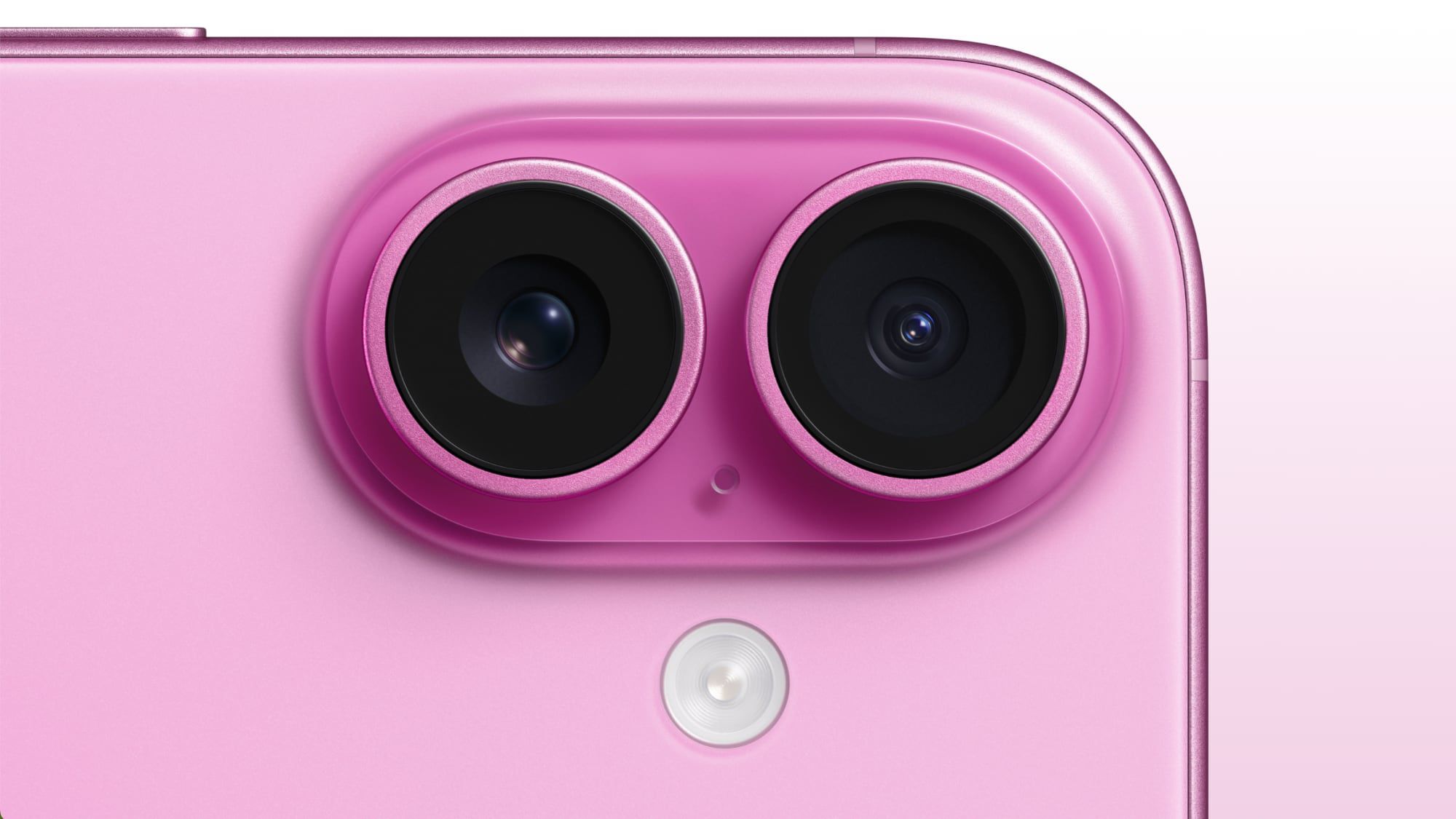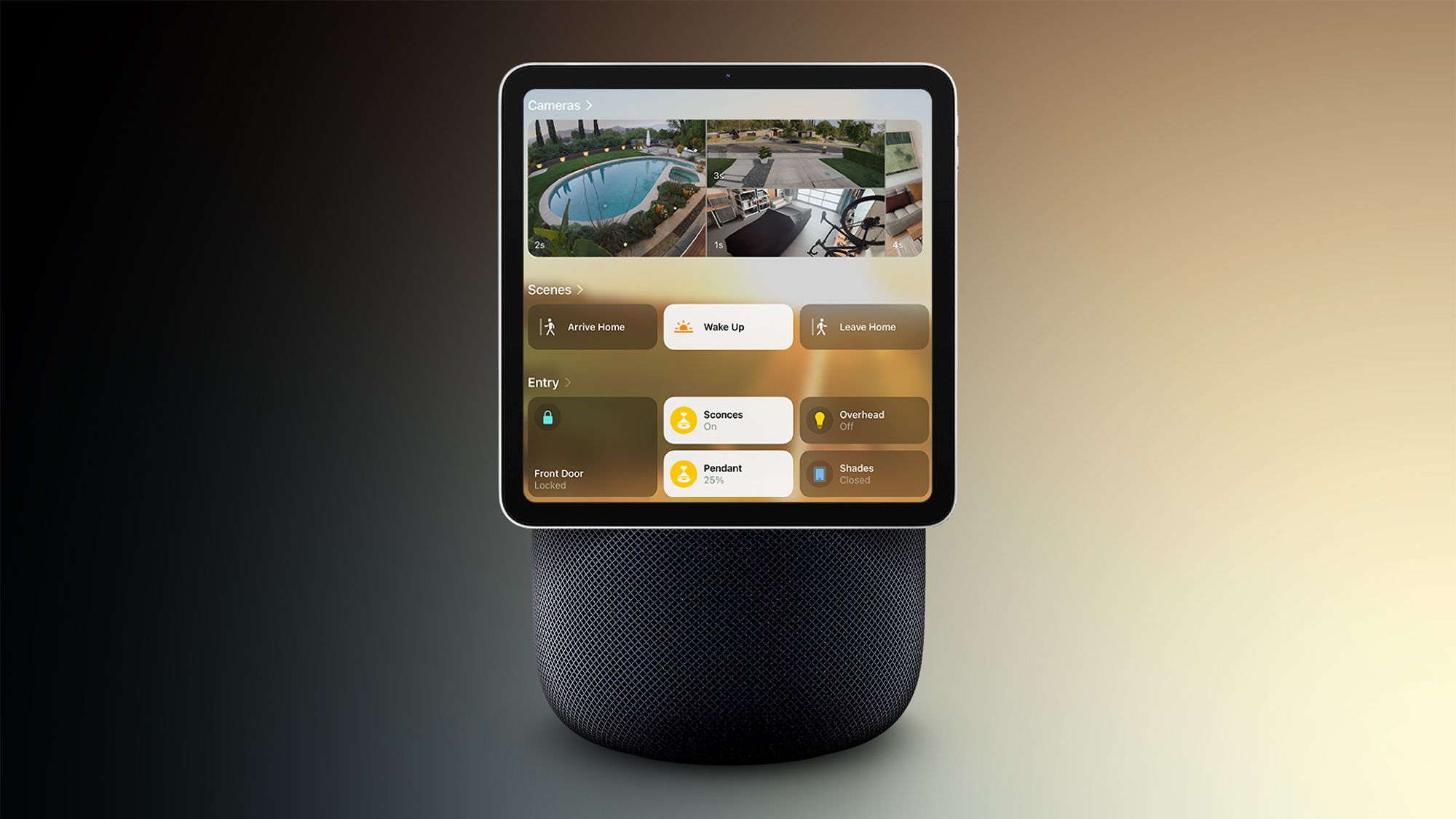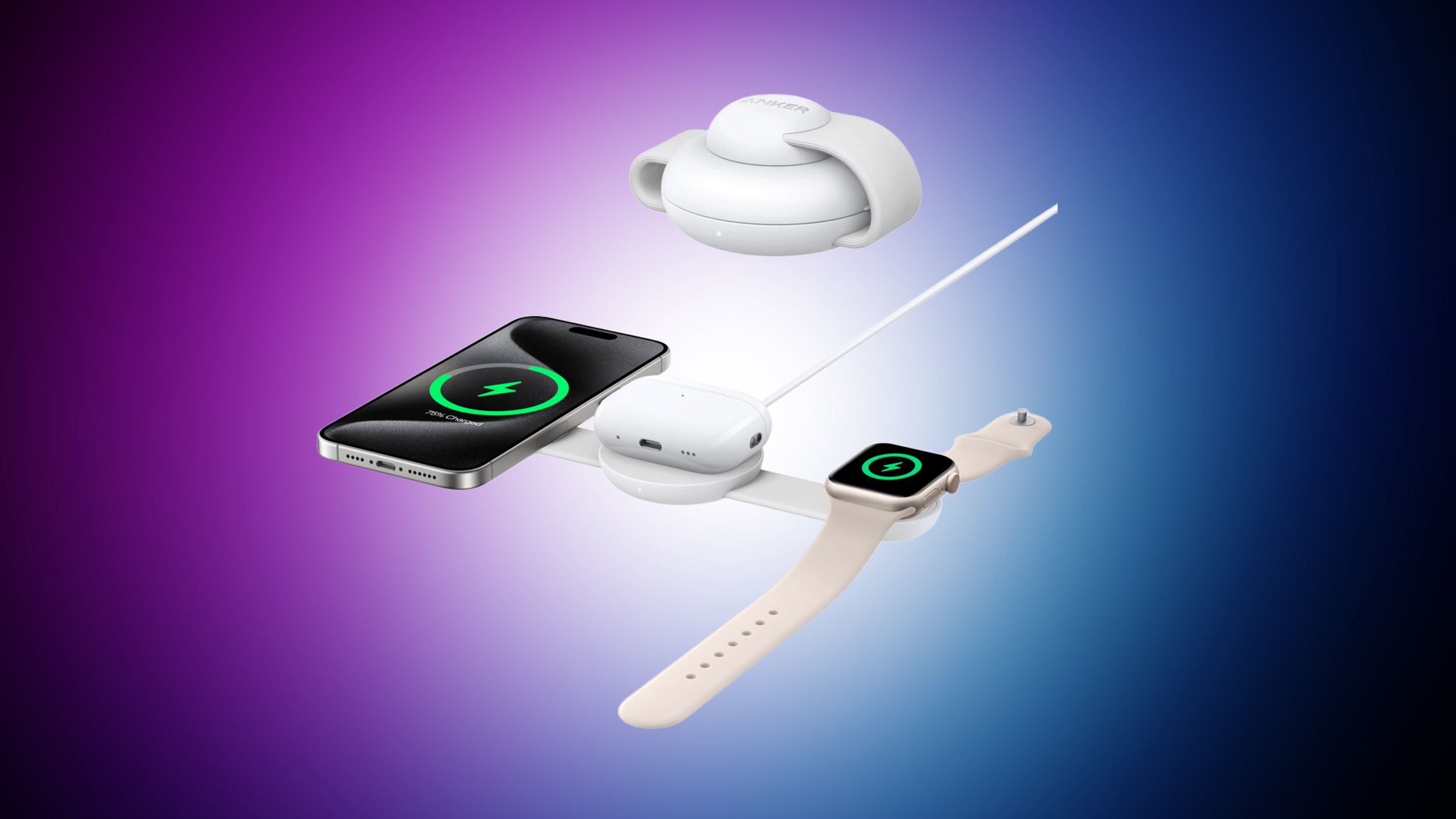Dutch multinational conglomerate Philips, which manufactures a wide variety of popular consumer goods ranging from toothbrushes and electric shavers to humidifiers, coffee makers, and much more, has announced a new initiative encouraging 3D printed self-repair for some of its products.Philips Fixables will offer official 3D printable replacement components for free on Printables, a 3D file-sharing platform by Prusa Research.The program has been launched in the Czech Republic so far and currently offers only one component.
“Fixables is a collection of 3D printable spare parts for Philips products – designed to make repairs easy for anyone.Simply download the printable file, follow the instructions and print the spare part on any 3D printer,” the website states (Google translated from Czech to English).The current replacement part that Philips has available for download is a 3 mm comb for its OneBlade shaver, but the company says it will offer more components for other devices over time.
If you have an idea for a specific component replacement, there is a link on the official Philips Fixables web page where you can make a suggestion.While we don’t know what the limitations are for these requests, Philips says it will notify customers and provide them with a download link if their suggested component can be added to Printables.One of the main goals of this initiative is to provide consumers with a sustainable repair option when their devices break, so they don’t just throw it in the garbage, run out, and buy a new one.
Philips is partnering with Czech 3D printer manufacturer Prusa Research to create the open source 3D files, and consumers should follow the recommended print and material settings to ensure that the replacement part is strong enough to be a viable long-term solution.“If the parts are printed with the materials we recommend, they should continue to function properly.Our goal is to accommodate consumers who prefer to repair their product and extend the life of our products.” This doesn’t mean that Philips will stop offering original parts and switch entirely to 3D printed ones.
Instead, it’s a step towards wider support of repairable hardware.About a month ago, I accidentally dropped my (rather expensive) tube of body lotion on the bathroom floor.Unfortunately, the cap was open, and a tiny, circular plastic piece that helps keep the cap tightly snapped on broke right off.
I could still close the cap, but it no longer had a tight seal, so I knew the lotion inside would start to dry up soon.I found a fix by putting the tube in a large plastic Ziploc bag, which helped a little, but I was so annoyed this teensy piece of broken plastic was that integral to my self-care routine, I ended up just going out in a huff a few weeks later to buy a new tube.Yes, I know, major first world problems, cry me a river, right? The thought did occur to me that maybe one of my friends who owns a 3D printer could just make me a new tiny plastic piece.
Unfortunately, it’s such a small piece, it’s probably not worth the effort to try.But it could certainly work for other components of consumer goods.Abhimanyu Ghoshal with New Atlas listed a few possibilities, like handles for kitchen appliances, game controller buttons, and length guides for electric trimmers, like what Philips is offering.
If you’re reading this, you likely already know that 3D printing can be used to manufacture fixes for any number of items—kitchen devices, handles for swimming pool skimmers, cases for Raspberry Pi boards, you name it.The problem is that not everyone has the DIY know-how to make these things at home.3D scanning is often involved, and then you have to create the model and prepare it for printing.
Multiple attempts are often required to find the correct parameters, too.That’s why it’s great when companies, like Philips, Miele, and even Ford, just remove all the guesswork.If you have access to a printer, and already know the print parameters for a replacement part, you’re set.
You’d think offering 3D printable replacement parts like this would be great for a business.Brands would have a new way to cultivate trust and connect with consumers, who might even become more loyal if they think the company has their back in such a specific way.You could set up a virtual focus group of sorts with customers who have successfully downloaded, 3D printed, and used these replacement parts, and gain valuable insights.
Plus, if a company tracks how often these 3D files are downloaded, they could measure the impact, and maybe even offer more.However, not all businesses are fans of right to repair initiatives.Simultaneously the legal right for owners of equipment and devices to modify and repair products, and a social movement, the right to repair can be a bit of a sticky wicket.
As Joris Peels wrote in 2023, “On the one hand, we don’t want our local airline duct taping an engine to the plane we’re riding in.However, it is also nonsensical to make someone overpay for an official component.” “Companies have been lobbying to extend IP and extend protections on spare parts indefinitely under a number of guises for many years now.This has a very real and very meaningful impact on 3D printing.
Crucially, with 3D printing, we can augment, improve, update, and extend the life of many items and machines,” Peels said.There’s a documentary out on Netflix right now called “Buy Now: The Shopping Conspiracy” that features former employees of consumer good brands sharing stories about how they were told to slash un-purchased merchandise, so it couldn’t be sold by someone else and lose its value.Manufacturers obviously don’t want to share their IP with everybody, and while intentions are often good, rules are there for a reason.
But when our things break, shouldn’t we be allowed to fix them? “We believe products should last longer, and therefore when broken, they should be repaired.This requires products to be designed for repair as well as support for repairers of all kinds,” Right to Repair Europe states on its website.From a purely supply chain standpoint these days, it seems like the ability, and the right, to create our own replacement parts could be a really good thing.
However, businesses have to make money, and giving consumers the ability to make their own official replacement parts could, in the short term, cause a loss in revenue.But, will it benefit the company in the long run by attracting more loyal customers? Only time will tell.Images courtesy of Philips Subscribe to Our Email Newsletter Stay up-to-date on all the latest news from the 3D printing industry and receive information and offers from third party vendors.
Print Services
Upload your 3D Models and get them printed quickly and efficiently.Powered by FacFox
Powered by 3D Systems
Powered by Craftcloud
Powered by Endeavor 3D
Powered by Xometry
3DPrinting Business Directory
3DPrinting Business Directory









